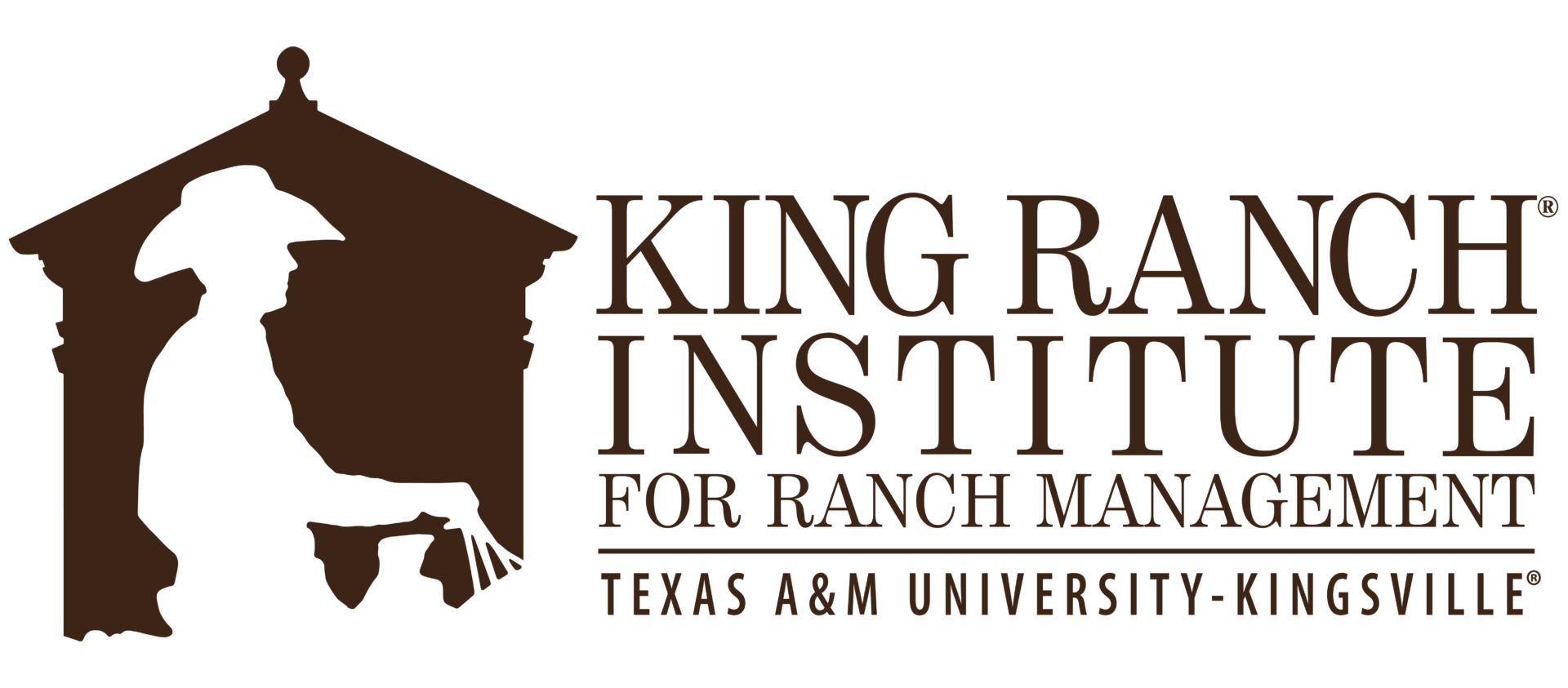This article originally appeared in the December issue of Progressive Cattle Magazine and online here. It is part one in a five-part series. Be sure to read “Ranch employees – Recruiting the right kind” in the upcoming January issue of Progressive Cattle Magazine.
By Rick Machen; Paul C. Genho Endowed Chair in Ranch Management, King Ranch® Institute for Ranch Management and Trey Patterson; CEO and President of Padlock Ranch
Natural resource managers across this great country are aging. According to the U.S. Labor Department, the average age of ranchers and farmers is 58. A survey of the USDA’s Census of Agriculture data over the past three decades suggests the average age of U.S. ranchers has been steadily increasing.
During the period from 2011-29, baby boomers will turn retirement age (65) at a rate of 10,000 per day. Generation Y now outnumbers boomers in the workforce. Obviously, the future of U.S. agriculture surely depends on recruitment and retention of young people at all levels of the labor force.
As the “average” rancher (owners, managers and employees alike) approaches retirement age and young people enter the profession, invariably the situation arises where younger ranch managers are tasked with supervising employees several years their senior. Unfortunately, human resource management and personal communication courses seldom appear on the college transcript of new ranch managers.
Colleges and institutions teach a wide variety of topics under the umbrella of animal and natural resource management, yet academic programs are not a substitute for years of experience in the saddle or behind the wheel of a tractor. Experience is perhaps the best teacher but, as a jump-start for new (young) managers, the following eight pointers are offered.
1. Be Humble
Good leaders have people around them who possess skills they do not have. Be willing to learn from the staff and appreciate their experience. Ralph Waldo Emerson once said, “Every man I meet is in some way my superior; and in that I can learn from him.”
2. Understand Current System
Work first to understand the current system and how individuals contribute to that system. Older, long-term employees are a great resource for what works, what does not and, most importantly, why. An experienced ranch manager once suggested, “Never remove an old fence until you understand why it was put there.” It is impossible to lead change if you do not know what you are starting with.
3. Build Effective Teams
Cultivate self-humility by asking employees (individually) what they do exceptionally well and observing their strengths. Build teams with these individual strengths in mind.
4. Communicate
Effective communication is an absolute essential. Be transparent and always speak the truth. Persistent truthfulness invariably builds trust and respect.
5. Earn Respect
Do not assume older direct reports will not have respect for a younger supervisor. Respect cannot be commanded; it is earned by doing the job and doing it well. Be willing to lead from the front and remember that effective leadership does not manage people but rather enables them by:
- Clearly articulating the vision and goals for the ranch. Vision and goals exist for the ranch as a whole as well as for each unit and for major activities within units (examples: branding, weaning and shipping) that occur on each unit. Help employees see why their job is important in achieving the vision.
- Establishing and reinforcing responsibilities and expectations, then providing the necessary resources employees need to be successful.
- Recognizing successes, learning from and not reproducing mistakes.
6. Demonstrate An Excellent Work Ethic
Show employees you will be there for the team. A solid work ethic is essential for building rapport within units and across ranch enterprises. Be careful, however, not to overcompensate to a point where your work and personal life are out of balance. A burned-out leader is not effective.
7. Build Autonomy Among the Team
Learn to get the desired results through people – otherwise failure is all but certain. You cannot do it all. Gather input and build consensus within the team for new ideas. Without some feeling of autonomy, direct reports will feel micromanaged and will not take ownership. Without ownership, motivation will be lacking.
When working on their unit or division, let the unit/division manager be in charge. Intervene only if people or animals are in imminent danger. Reserve corrective conversation/actions for a later one-on-one discussion. Giving autonomy to employees does not mean neglecting your leadership responsibilities. Articulate expectations and remember to always be coaching.
8. Develop Your Employees
Effective leaders are continually developing people, regardless of age, tenure or experience. If your neighbors and competitors are not complimentary of your employees and wanting to hire them, question your development plan. When good employees experience a positive transition (more desirable job, better location for family, additional compensation, etc.), embrace the transition and replicate the process for the next person you add to the team.
Conclusion
No two ranches are the same. No two production years are the same. No two camps or teams are the same. Consequently, no one approach to management can fit every ranch. Older, longer-tenure employees are devoted to ranching and possess a wealth of knowledge and experience. Henry Ford contended that effective leaders cannot know it all but do surround themselves with competent people. Younger ranch managers following Mr. Ford’s counsel realize much competence is likely gathered around the horse barn every morning.

